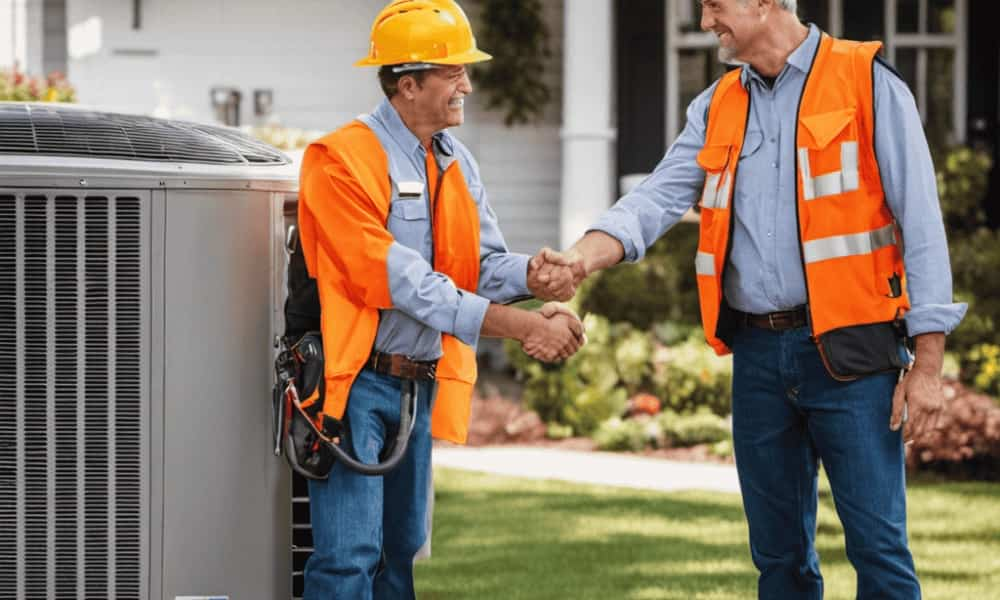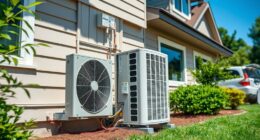Fed up with your troublesome heat pump? Search no more! We’ve got the perfect fix to restore your comfort.
Our definitive heat pump troubleshooting guide is here to help you identify and address common issues. From no heat output to strange noises and defrosting problems, we’ve got you covered.
Say goodbye to inconsistent heating and cooling woes. Get ready to reclaim the comfort you deserve with our expert tips and tricks.
Key Takeaways
- Regular maintenance, including cleaning or replacing air filters and inspecting for refrigerant leaks, is crucial for heat pump efficiency and performance.
- Troubleshooting no heat output involves checking thermostat settings, verifying the fan and compressor are running properly, and ensuring the heat pump has power.
- Inconsistent heating can be caused by thermostat calibration problems, air filter clogging, insufficient insulation coverage, and issues with short-cycling or delayed response.
- Thermostat calibration issues can result in inaccurate temperature readings, short-cycling, and delayed response, which may require calibration or replacement.
Common Heat Pump Issues
We will now address common issues that may arise with heat pumps.
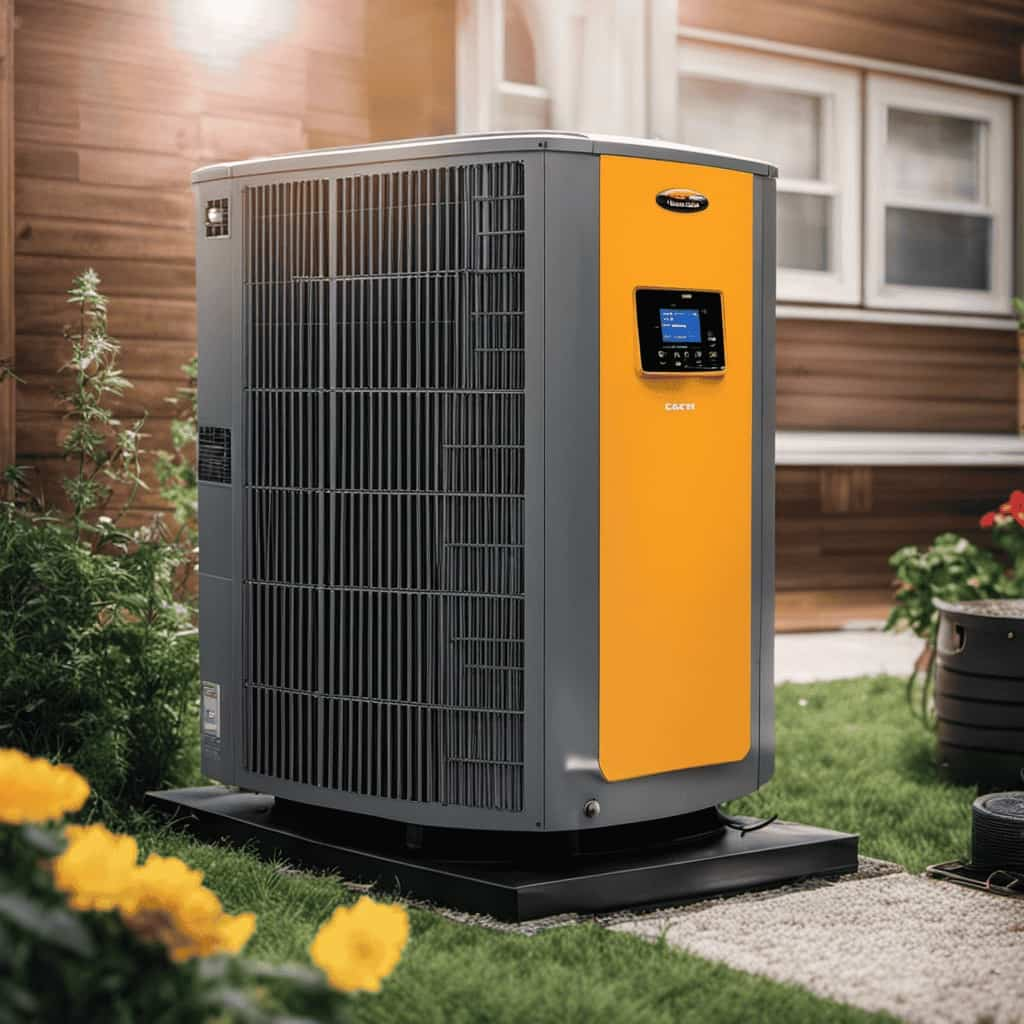
Heat pump maintenance plays a crucial role in ensuring optimal performance and heat pump efficiency. One common issue is a lack of regular maintenance, which can lead to reduced efficiency and increased energy consumption.
It’s essential to clean or replace air filters regularly to prevent a build-up of dirt and debris that can restrict airflow.
Another issue is refrigerant leaks, which can cause a decrease in heat pump efficiency and overall performance. Regular inspections by a qualified technician can help identify and fix any leaks promptly.
Additionally, issues with the thermostat can affect the heat pump’s ability to maintain the desired temperature. Checking the thermostat settings and ensuring it’s functioning correctly can help resolve this problem.

Troubleshooting No Heat Output
Our first step in troubleshooting no heat output is to check the thermostat settings. Ensure that the thermostat is set to the desired temperature and that it’s in heating mode. If the settings are correct, move on to the next steps:
Check the heat pump fan: Make sure the fan is running properly. If it’s not, it could be a sign of a faulty fan motor or a wiring issue.
Inspect the heat pump compressor: Check if the compressor is running. A malfunctioning compressor can result in no heat output. Look for any signs of damage or abnormal noises.
Verify power supply: Ensure that the heat pump is receiving power. Check the circuit breaker and reset it if necessary. Also, inspect the electrical connections for any loose or damaged wires.

Check for refrigerant leaks: Low refrigerant levels can lead to a lack of heat output. Look for any signs of leaks, such as oil stains or hissing sounds, and contact a professional for repair.
If these troubleshooting steps don’t resolve the issue, it may be time to address inconsistent heating.
Transition: Now that we’ve checked for no heat output, let’s move on to addressing inconsistent heating.
Addressing Inconsistent Heating
When it comes to addressing inconsistent heating in a heat pump, there are several potential culprits that we need to consider.

One possible issue could be thermostat calibration problems, where the temperature readings may not accurately reflect the actual conditions.
Another common cause could be air filter clogging, which restricts airflow and reduces the efficiency of the system.
Lastly, insufficient insulation coverage in the home can lead to heat loss, making it difficult for the heat pump to maintain a consistent temperature.
Thermostat Calibration Issues
Check if the thermostat is accurately calibrated to ensure consistent heating in your home. A properly calibrated thermostat is crucial for maintaining a comfortable temperature and avoiding temperature fluctuation.
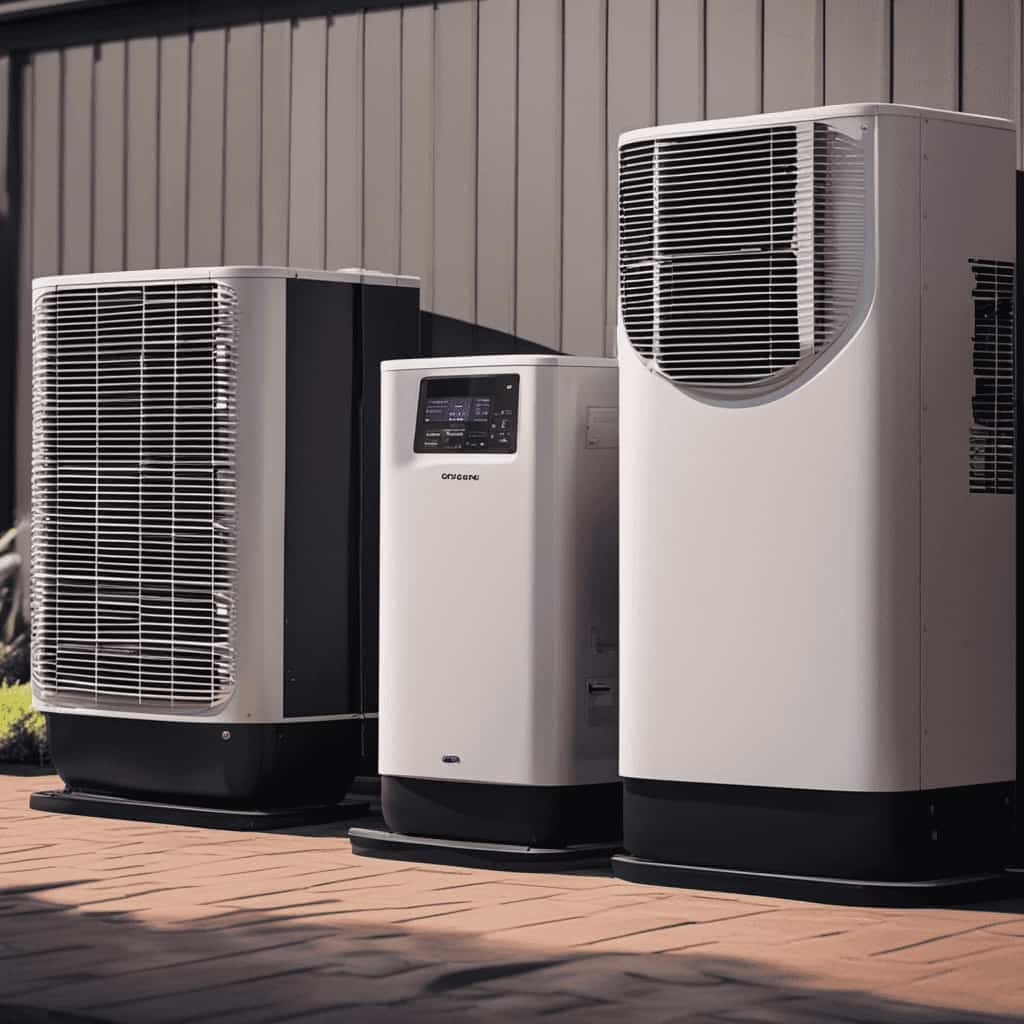
Here are some common thermostat calibration issues to watch out for:
Inaccurate temperature readings: If your thermostat is displaying incorrect temperature readings, it may need to be recalibrated or replaced. This can lead to inconsistent heating and discomfort in your home.
Short-cycling: Short-cycling occurs when the thermostat turns the heat on and off too frequently. This can be caused by a miscalibrated thermostat, resulting in uneven heating and energy inefficiency.
Delayed response: If your thermostat takes too long to respond to changes in temperature, it could indicate a need for calibration. This can lead to temperature fluctuations and an uncomfortable indoor environment.

Thermostat replacement: If calibration doesn’t resolve the issues, it may be necessary to replace the thermostat altogether. A professional technician can help ensure proper installation and calibration for optimal heating performance.
Addressing these thermostat calibration issues is essential for maintaining consistent heating in your home and maximizing energy efficiency.
Air Filter Clogging
One common cause of inconsistent heating in homes is air filter clogging, which can restrict airflow and impact the performance of your heat pump. Proper air filter maintenance is essential for preventing air flow restriction and ensuring efficient operation of your heat pump.
Regularly checking and cleaning or replacing the air filter is crucial to maintain optimal airflow. A clogged air filter obstructs the passage of air, reducing the amount of warm air that can be delivered into your home. This can lead to uneven heating and discomfort.
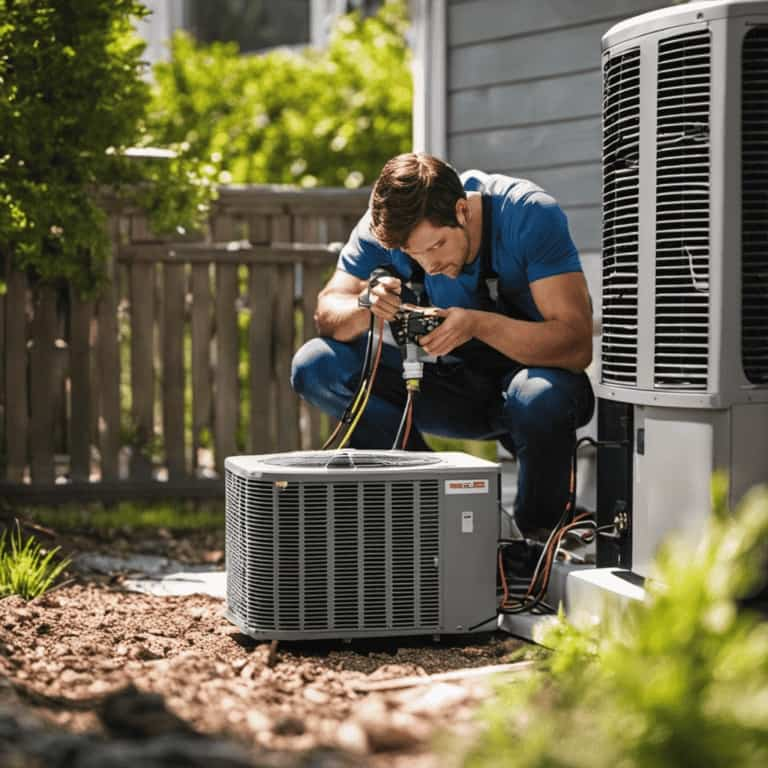
Additionally, restricted airflow can cause the heat pump to work harder, leading to increased energy consumption and potential damage to the system. By regularly inspecting and maintaining your air filter, you can prevent air flow restriction and maintain consistent and efficient heating in your home.
Insufficient Insulation Coverage
To address inconsistent heating, we need to ensure that there’s sufficient insulation coverage throughout the home. Insulation plays a crucial role in maintaining a comfortable indoor temperature and optimizing energy efficiency.
Here are some key points to consider when it comes to insulation maintenance:
- Check for gaps and cracks in the insulation material, as these can lead to heat loss and reduced efficiency.
- Inspect the attic insulation to ensure it’s adequately thick and evenly distributed. This area is particularly prone to heat transfer.
- Evaluate the insulation around windows and doors, as these are common areas for air leakage and heat loss.
- Consider upgrading insulation in walls and floors if necessary, as these areas can also contribute to inconsistent heating.
By addressing insufficient insulation coverage and ensuring proper maintenance, you can improve energy efficiency and create a more comfortable living environment.

Now, let’s move on to resolving cooling problems.
Resolving Cooling Problems
If our heat pump isn’t providing sufficient cooling, we may need to troubleshoot the issue further.
One common problem that can affect cooling efficiency is refrigerant leaks. These leaks can cause a decrease in the amount of refrigerant in the system, which in turn reduces the cooling capacity of the heat pump. To resolve this issue, it’s important to locate and repair any leaks in the refrigerant lines. This may require the expertise of a professional HVAC technician who can accurately identify and fix the leaks. Once the leaks are repaired and the refrigerant levels are restored, the cooling efficiency of the heat pump should improve.
Now, let’s move on to the next section, where we’ll discuss dealing with strange noises.
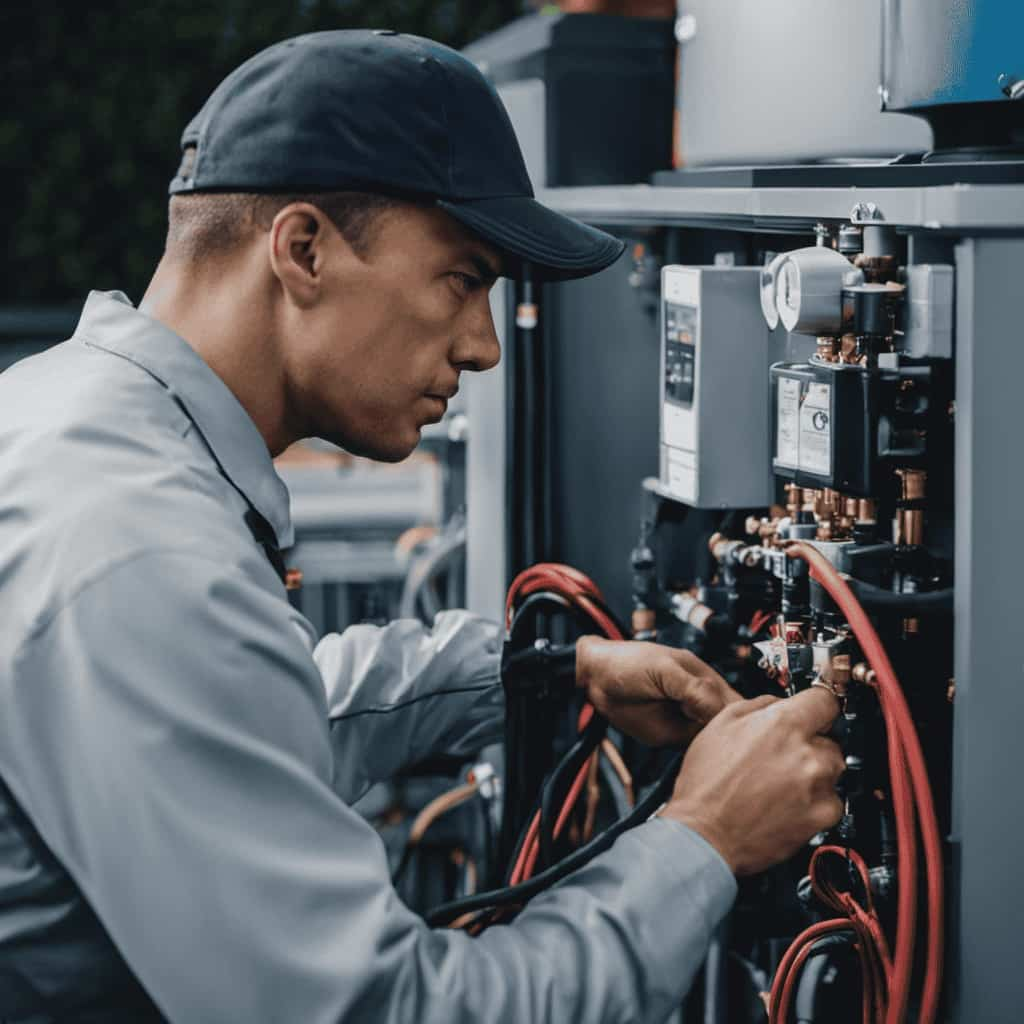
Dealing With Strange Noises
We can encounter various strange noises coming from our heat pump, indicating potential issues that need to be addressed. When dealing with excessive vibration, it’s important to check the mounting bolts and screws, ensuring they’re tightened properly. Loose parts can cause excessive movement, leading to unwanted noise.
Identifying refrigerant leaks is crucial in maintaining optimal heat pump performance. Listen for hissing or bubbling sounds, as these may indicate a refrigerant leak. Inspect the refrigerant lines and coils for any signs of oil stains or residue, as this can be a telltale sign of a leak.
If you suspect a refrigerant leak, it’s recommended to contact a professional technician who can safely repair the issue.
Fixing Heat Pump Cycling Issues
When it comes to fixing heat pump cycling issues, there are a few key points to consider.

Firstly, thermostat calibration plays a crucial role in ensuring proper cycling. It’s important to check and recalibrate the thermostat if necessary.
Additionally, proper airflow is essential for efficient heat pump operation. Any obstructions or blockages should be removed to ensure optimal airflow and prevent cycling issues.
Thermostat Calibration for Cycling
To address heat pump cycling issues, we recommend calibrating the thermostat for optimal performance. Proper thermostat placement plays a crucial role in troubleshooting temperature fluctuations. Here are some steps to follow when calibrating your thermostat:
- Ensure the thermostat is mounted on an interior wall away from direct sunlight, drafts, and heat sources.
- Check the levelness of the thermostat to ensure accurate temperature readings.
- Verify that the thermostat is correctly wired and connected to your heat pump system.
- Adjust the anticipator setting to fine-tune the cycling behavior of the heat pump.
By calibrating your thermostat, you can ensure that it accurately senses and controls the temperature in your home, preventing frequent and unnecessary cycling of your heat pump.

This will help maintain a comfortable indoor environment while also optimizing energy efficiency.
Proper Airflow and Cycling
Our first step in fixing heat pump cycling issues is to ensure proper airflow and cycling. Adequate airflow is crucial for the efficient operation of a heat pump, as it helps distribute heat evenly throughout your home. Poor airflow can lead to cycling problems, such as short cycling or continuous running. To maintain proper airflow, regular maintenance is necessary. This includes cleaning or replacing air filters, ensuring that vents and registers are not blocked, and checking for any obstructions in the outdoor unit. Additionally, optimizing cycling efficiency is important to prevent excessive wear and tear on the system. This can be achieved by calibrating the thermostat correctly, setting appropriate temperature differentials, and scheduling regular maintenance checks. By addressing these airflow and cycling issues, you can maximize the performance and lifespan of your heat pump.
| Airflow Maintenance | Cycling Efficiency |
|---|---|
| Clean or replace air filters regularly | Calibrate thermostat correctly |
| Ensure vents and registers are not blocked | Set appropriate temperature differentials |
| Check for obstructions in the outdoor unit | Schedule regular maintenance checks |
Troubleshooting Heat Pump Defrosting Problems
Let’s dive into common issues with heat pump defrosting and how to troubleshoot them.
When it comes to heat pump defrosting problems, there are a few key issues that may arise. Here are some troubleshooting tips to help you resolve these problems:

Insufficient defrosting: Check the defrost control board and ensure it’s functioning properly. Clean or replace the defrost sensor if necessary. Also, make sure the defrost thermostat is correctly positioned.
Frequent defrosting cycles: This could indicate a refrigerant leak. Inspect the refrigerant lines for any signs of leakage. If a leak is detected, it’s crucial to repair it promptly to prevent further damage to the heat pump system.
Inadequate defrosting: Verify that the outdoor unit’s fan motor is operating correctly. Clean or replace the motor if it’s not functioning as it should. Additionally, check the outdoor coil for any dirt or debris that may be obstructing proper defrosting.
Uneven defrosting: Ensure that the outdoor coil is clean and free from any obstructions. If the coil is dirty, clean it carefully to allow for optimal heat transfer during the defrosting process.
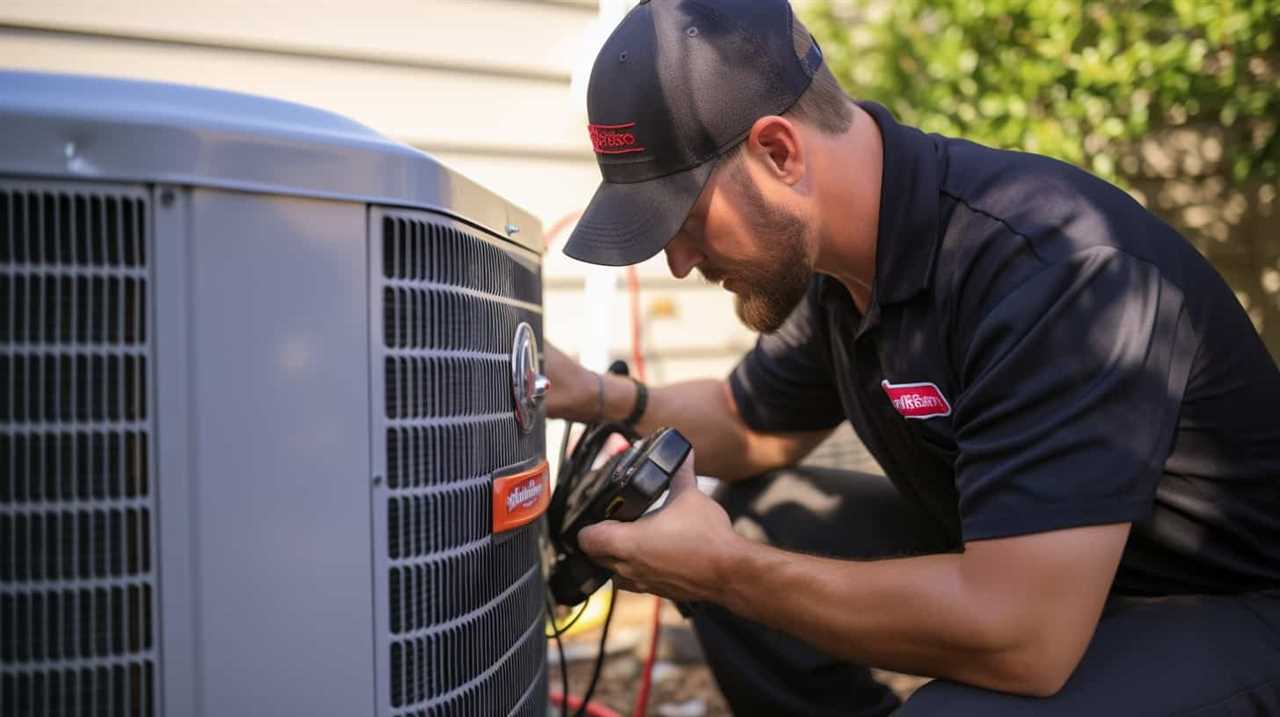
Frequently Asked Questions
How Much Does It Typically Cost to Repair a Heat Pump?
Heat pump repair costs vary depending on several factors, including the extent of the damage, the type of heat pump, and the availability of replacement parts. It is essential to get a professional assessment to determine an accurate estimate.
Can a Heat Pump Be Installed in Any Type of Home or Building?
Installing a heat pump in any home or building requires careful consideration of factors such as the size of the space, insulation, and existing heating system. The heat pump installation process can vary depending on these factors, ensuring optimal comfort and efficiency.
Are Heat Pumps Energy Efficient Compared to Other Heating and Cooling Systems?
Heat pumps are highly efficient compared to other heating and cooling systems. They provide both heating and cooling, reducing the need for multiple systems. The benefits of heat pumps include energy savings, lower utility bills, and reduced environmental impact.
How Often Should a Heat Pump Be Serviced or Maintained?
Maintaining heat pump performance is crucial. Regular service ensures optimal functioning and prevents costly breakdowns. Signs of malfunctioning include inadequate heating or cooling, unusual noises, and increased energy consumption.
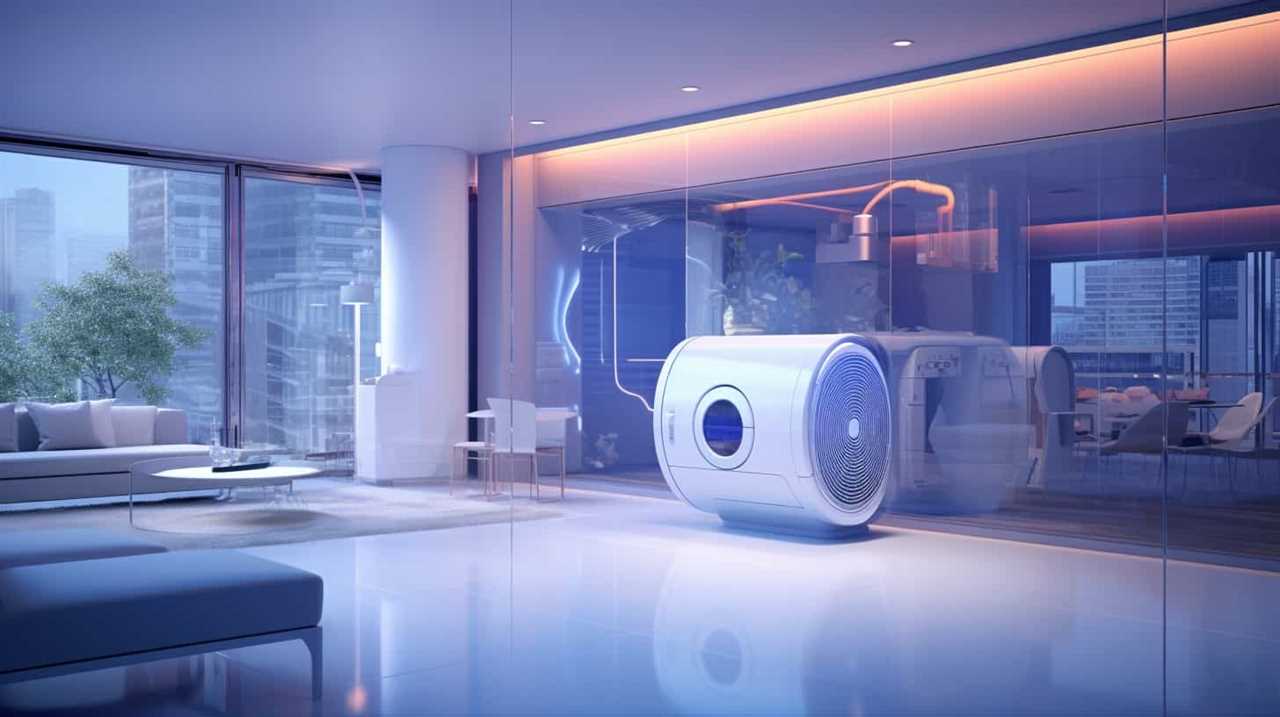
Are There Any Government Incentives or Rebates Available for Purchasing and Installing a Heat Pump?
Government incentives and rebates are available for purchasing and installing a heat pump. These incentives can provide significant cost savings and make financing options more affordable.
How Can I Use the Heat Pump Troubleshooting Guide to Solve Aggravating Issues?
Using the heat pump troubleshooting tips can be incredibly useful when dealing with frustrating issues. By following the guide, you can identify and fix common problems, such as insufficient heating or cooling, strange noises, or even system malfunctions. Don’t let these aggravating issues get the best of you – use the troubleshooting guide to overcome them efficiently.
Conclusion
In conclusion, troubleshooting heat pump issues can be a daunting task, but with the right knowledge and techniques, you can revive the comfort in your home.
By addressing common problems such as no heat output, inconsistent heating, cooling issues, strange noises, and heat pump cycling problems, you can ensure optimal performance.
Remember, just like a skilled mechanic revives a car’s engine, you too can revive the comfort of your home with these troubleshooting tips.




